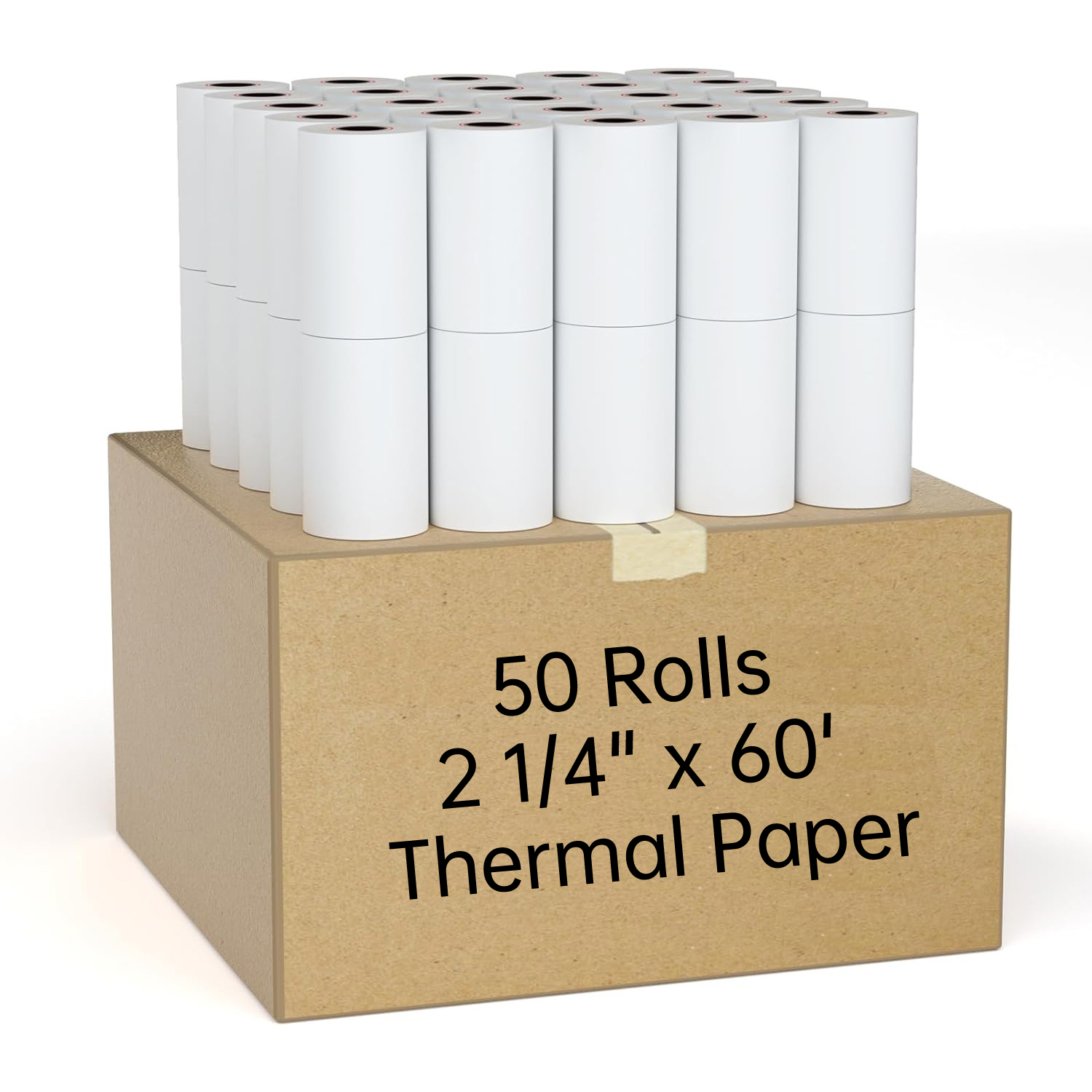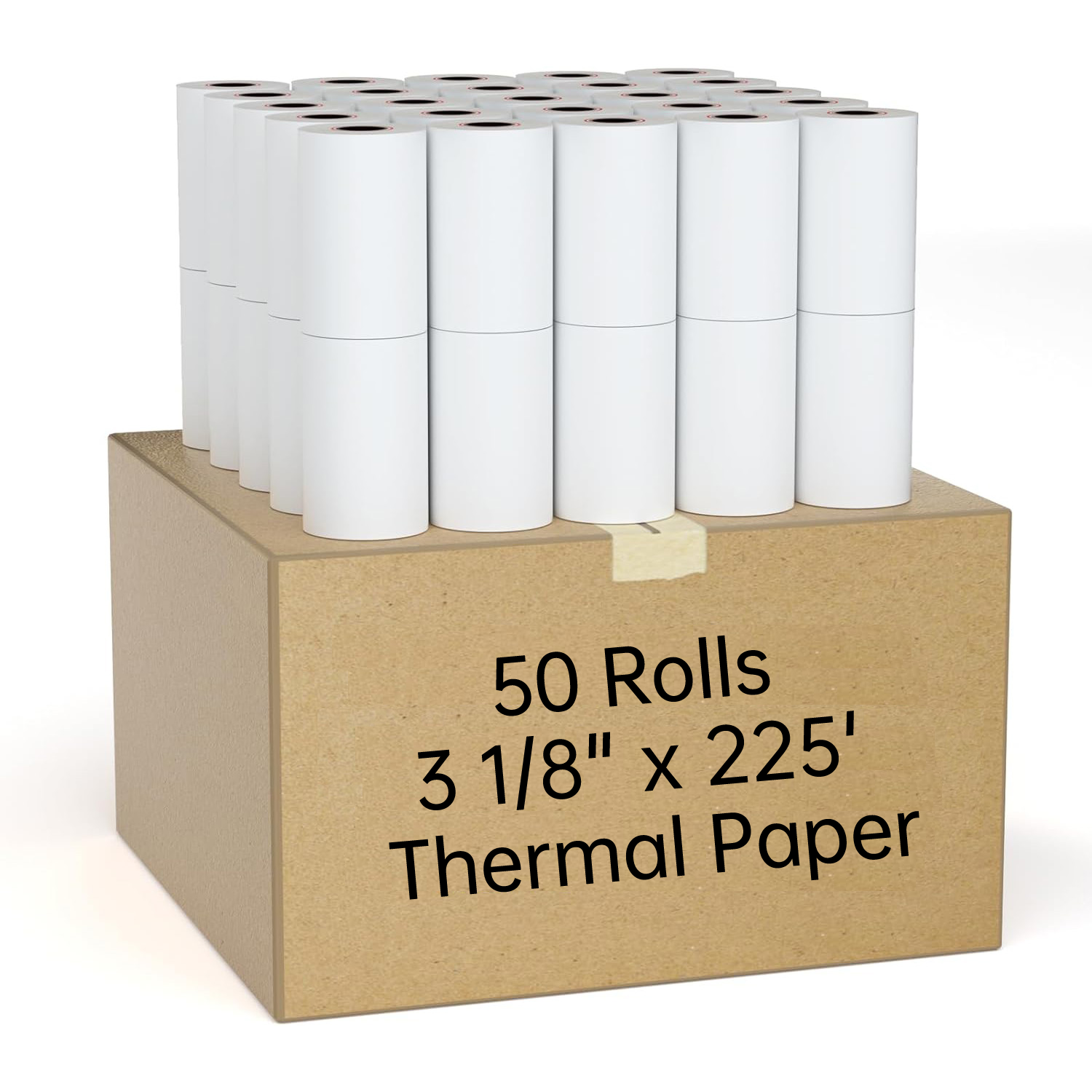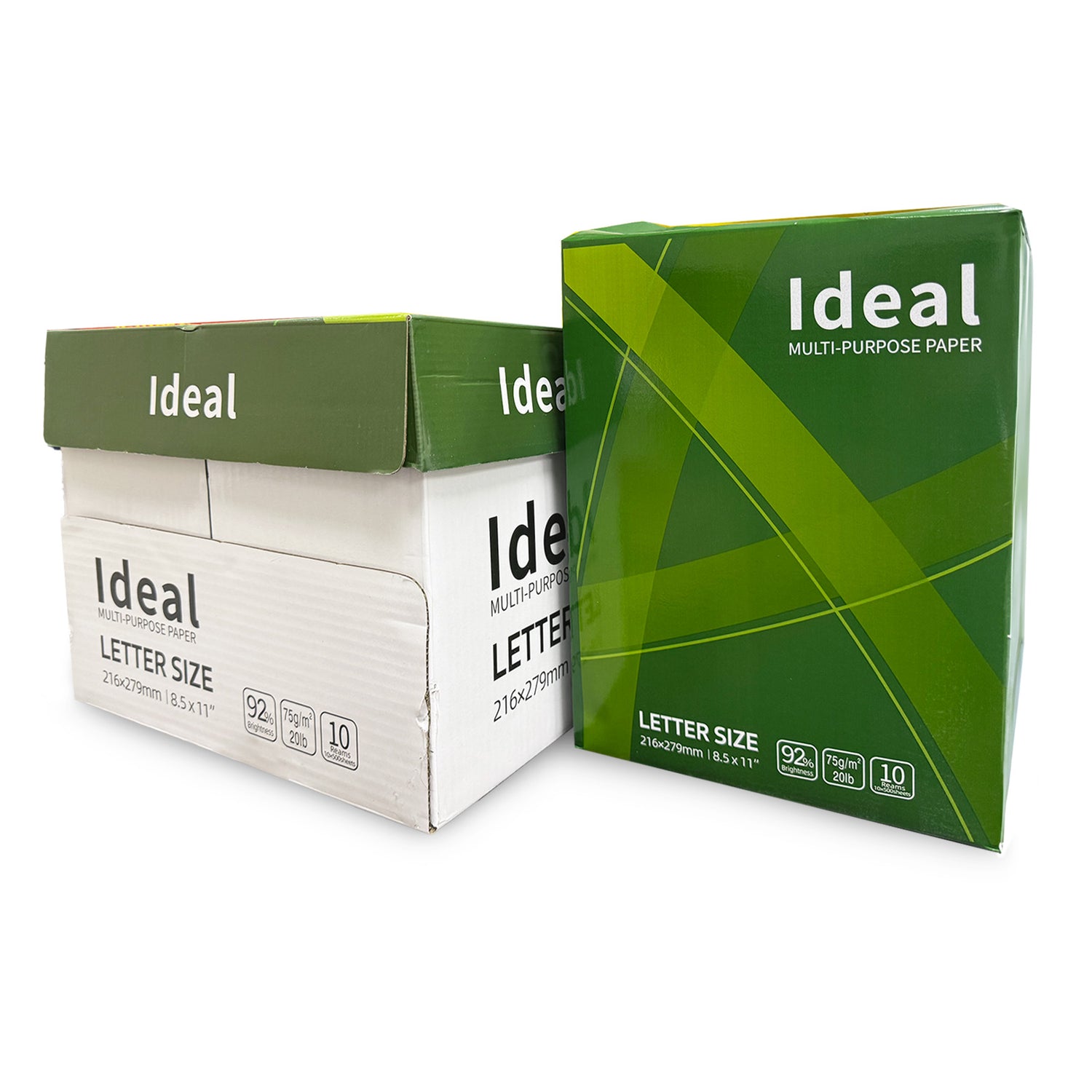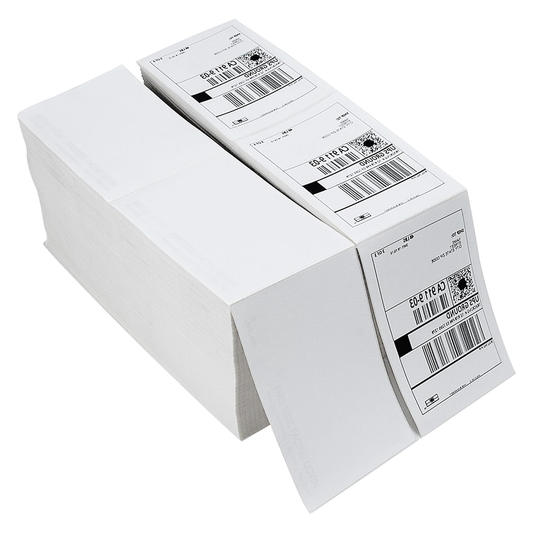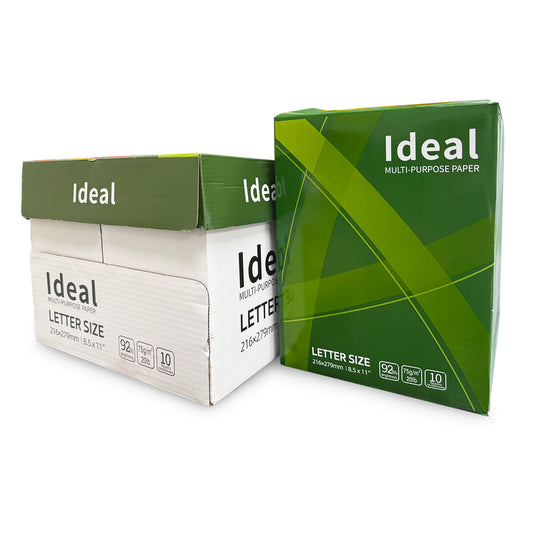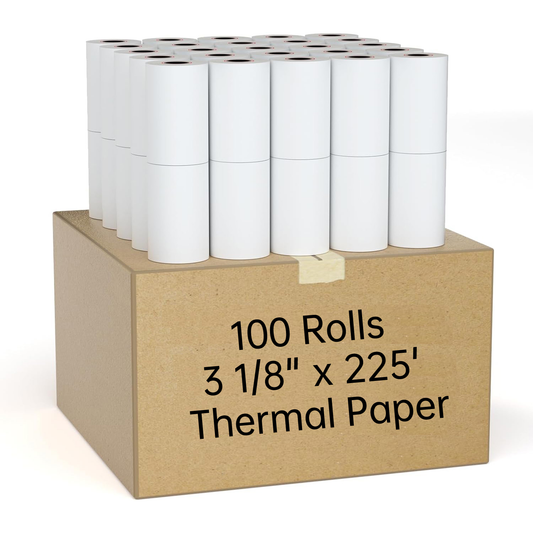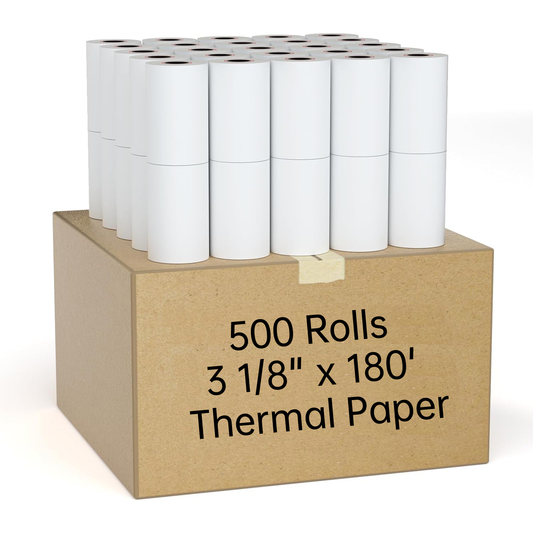Introduction
As electric vehicles (EVs) become more popular, understanding the various cables and connectors used in EV charging is crucial for both new and experienced EV owners. Whether you’re charging at home or on the go, knowing the right type of connector can ensure a smooth and efficient charging experience.
Level 1 and Level 2 Chargers: The Universal J1772 Connector
Most home EV chargers, whether Level 1 or Level 2, use the SAE J1772 connector, often referred to as the J plug. This universal connector is compatible with almost every electric vehicle on the market, except for Tesla vehicles. However, Tesla owners need not worry—Tesla provides an adapter that allows its vehicles to use J1772 charging ports.
If your household has multiple EVs, including a Tesla, you may consider a charger with multiple cables and connectors. This setup offers flexibility and convenience, ensuring that all vehicles can be charged without the need for additional adapters.
Level 3 Chargers: High-Powered DC Connectors
Level 3 chargers, also known as DC fast chargers, use different types of connectors, including CCS (Combined Charging System), CHAdeMO, and Tesla’s proprietary Supercharger connector. These connectors are designed for rapid charging, significantly reducing the time it takes to charge an EV compared to Level 1 and Level 2 chargers.
Not all EVs are compatible with Level 3 fast charging, so it’s important to check your vehicle’s specifications before using these high-powered connectors. If your EV supports fast charging, you’ll benefit from the convenience of quicker charging times, especially during long trips.
Conclusion
Understanding the various EV cables and connectors is key to optimizing your EV charging experience. Whether you’re charging at home or at a public station, being aware of the different connector types ensures that you’re always prepared to charge your vehicle efficiently.



